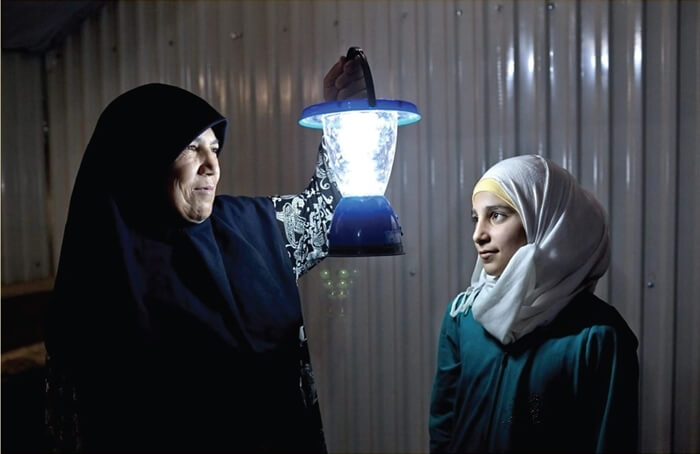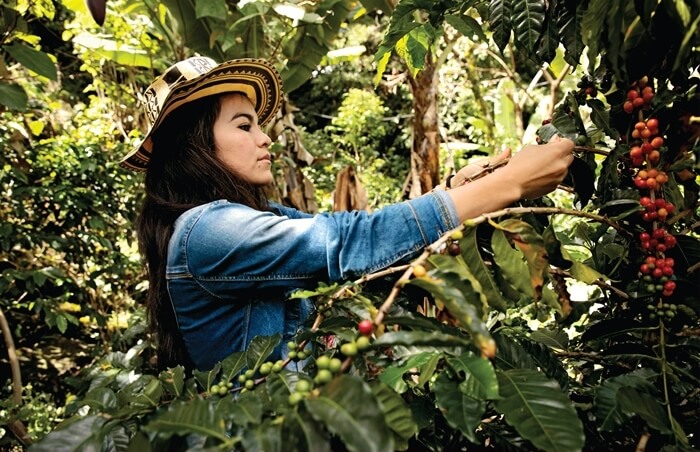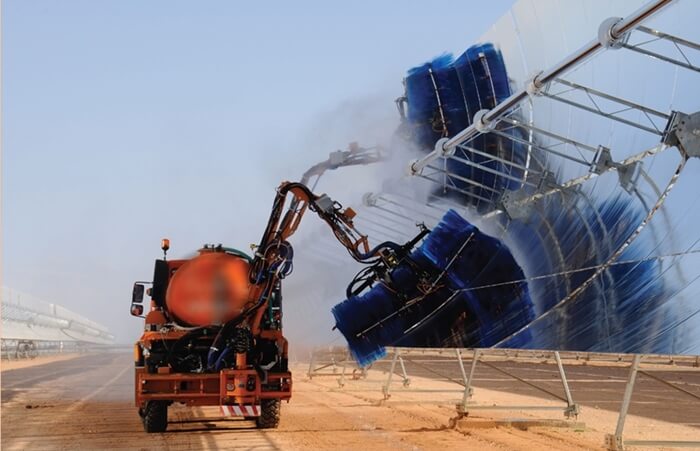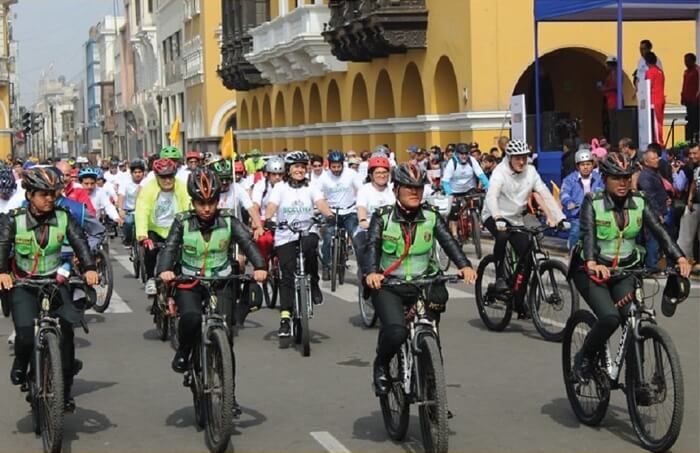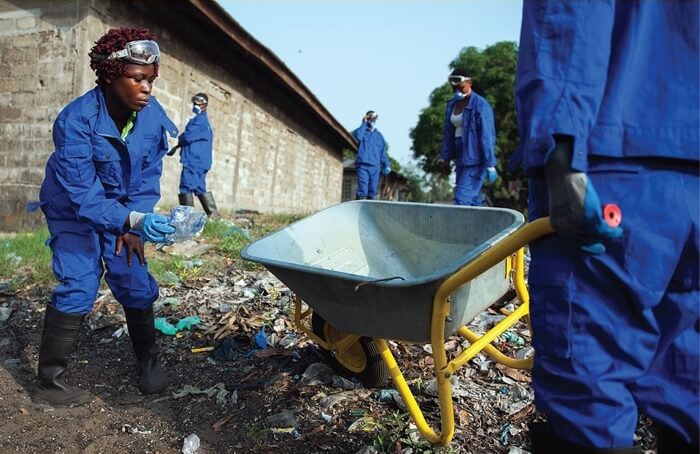Excerpt from The New York Times
After an hourlong flight over the ocher sands of northern Australia, the judge stepped off the plane and made her way to the makeshift courthouse, a single white-walled room next to a new $20 million police station ensconced in barbed wire.
Outside, more than a dozen Aboriginal defendants waited barefoot in the blistering heat. Most spoke little English. They would have only a few minutes with their lawyers, also newly arrived, before being called one by one to portable tables in the courtroom to face the judge, a woman wearing orange glasses and heels.
This is how justice is done in some of Australia’s most remote corners. Under a system of “bush courts,” prosecutors, defense lawyers and judges travel a circuit of more than two dozen communities in the sparsely populated Northern Territory, handling a lengthy docket of cases, sometimes in a single day. It operates under the principle that all Australians, no matter where they live, should have access to the court system.
In practice, though, it is a judicial assembly line, one that often leads to incarceration. The courts almost exclusively handle criminal cases, under conditions that fall short of those required in most other courtrooms. Translation services are lacking, and cases are adjudicated extremely rapidly, by outsiders flown in and out.

Island Innovation is a social enterprise and digital media company at the intersection of sustainable development and communications, offering specialised services across various sectors. We bring together the private sector, government, utilities, NGOs and universities to advance innovation for sustainability and prosperity in islands worldwide.









